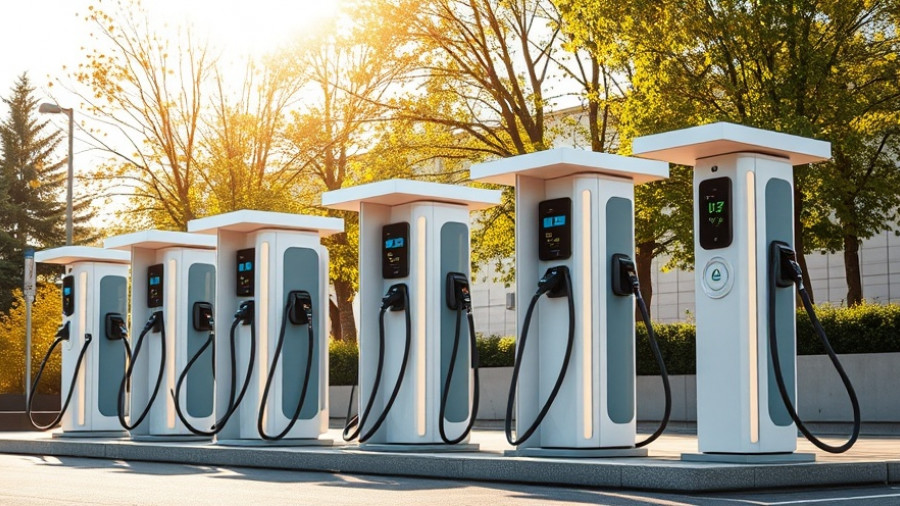
GM Embraces Cost-Efficiency with LFP Batteries
General Motors is making significant strides in the electric vehicle (EV) market by shifting its focus toward lithium iron phosphate (LFP) batteries. In collaboration with South Korean giants LG Energy Solution and Samsung SDI, GM plans to introduce production lines for these cost-effective batteries in the US. This strategic move aims to replace the more expensive nickel cobalt manganese (NCM) cells currently used in several mid-range models, including the Chevrolet Bolt and Equinox.
Understanding LFP Technology and Its Benefits
LFP batteries offer several advantages, particularly for mass-market applications. Their lower production costs can reduce the overall price of electric vehicles by approximately $6,000, which could help bridge the so-called “EV adoption chasm.” This price reduction is crucial as the demand for affordable EV options increases amidst stiff competition in the automotive market.
The economic benefits of LFP technology are profound. Industry estimates indicate that transitioning from NCM to LFP could lead to a 20-30% cost reduction in battery production. Such savings can make electric vehicles more accessible to consumers, encouraging greater adoption and advancement toward a greener future.
The Evolution of Manufacturing Facilities for LFP Batteries
To facilitate this transition, Samsung SDI is adapting part of its Indiana joint venture with GM, which was initially designed for NCM production, to accommodate LFP manufacturing. Similarly, LG Energy Solution is retrofitting plants in Tennessee and Ohio for LFP production. This is a forward-looking move that aligns with both companies' commitment to providing sustainable energy solutions while meeting consumer demands for lower-priced EVs.
Looking Ahead: New Battery Technologies on the Horizon
While GM and its partners focus on LFP cells, they are also exploring future advancements in battery technology. The development of lithium-manganese-rich (LMR) batteries is underway, combining LFP’s cost advantages with enhanced performance capabilities. These innovative batteries are scheduled for market launch in 2028, pointing to a promising evolution in the technology used for electric vehicles.
The Broader Implications for Green Energy and EV Adoption
The implications of GM's transition toward LFP batteries extend beyond automaking. Consumers and businesses interested in solar and green energy solutions can benefit from the increased accessibility of electric vehicles. As the automotive industry pivots towards affordability, the potential for integration with renewable energy systems, such as solar power, expands. This synergistic relationship may lead to a future where homeowners harness solar energy more effectively to charge their electric vehicles, contributing to grid independence.
What This Means for Homeowners and Green Energy Enthusiasts
Homeowners considering the switch to electric vehicles might find GM's focus on LFP batteries particularly appealing. By reducing the cost of vehicles, GM is paving the way for a broader demographic of consumers to embrace electric mobility. For individuals or businesses that utilize solar energy, the planned rollout of lower-cost EVs enhances the viability of using solar-powered charging stations, promoting a sustainable lifestyle that aligns with green living principles.
In summary, the landscape of electric vehicle production is evolving remarkably, and GM's strategic shift toward LFP battery technology signifies a crucial turning point. Homeowners and businesses that are part of the green energy movement should stay informed and consider how these developments can influence their approach to energy consumption and sustainability.
If you're looking to embrace this green energy revolution, consider exploring solar options for your home or business. The transition to electric vehicles and renewable energy systems is not just a trend; it’s a movement towards a sustainable future.
 Add Row
Add Row  Add
Add 



Write A Comment